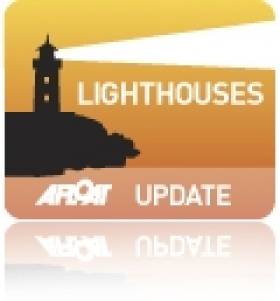Displaying items by tag: consortium
Shipbuilder Harland & Wolff Group is to lead a consortium of companies from overseas to develop and build new zero emission tugs suitable for coastal towage duties.
The group based in Queen’s Island, Belfast has entered into heads of terms with Scottish designer Macduff Ship Design, Norway’s Kongsberg for propulsion and vessel control systems and in Sweden where Echandia is a battery and electrical control systems specialist.
The creation of the UK consortium involving the four parties is to achieve the common goal of building a zero emissions harbour and coastal tug. They will measure 25.5m in length, have a breath of 12m and draw a draught of 4.85m.
A bollard pull of 50 tonnes capability has been set as for propulsion the proposed tug is expected to have Azimuth stern drives.
More from the Irish News on the proposed tug project.
Loop Head Lighthouse Will Open To Public in 2012
#LIGHTHOUSES - Loop Head Lighthouse in Co Clare, is set to re-open to the public later this year following a successful trial scheme last summer.
As The Irish Times reports, Clare County Council opened the lighthouse for an 11-week trial period last July with the support of the Commissioners of Irish Lights, Shannon Development and Loop Head Tourism.
Some 17,000 people took up the invitation to visit the 23-metre beacon, which is still in use as a navigational aid, as previously reported on Afloat.ie.
The consortium is now looking for consultants to help expand tourism the facility with an exhibition and interpretation plan.





























































